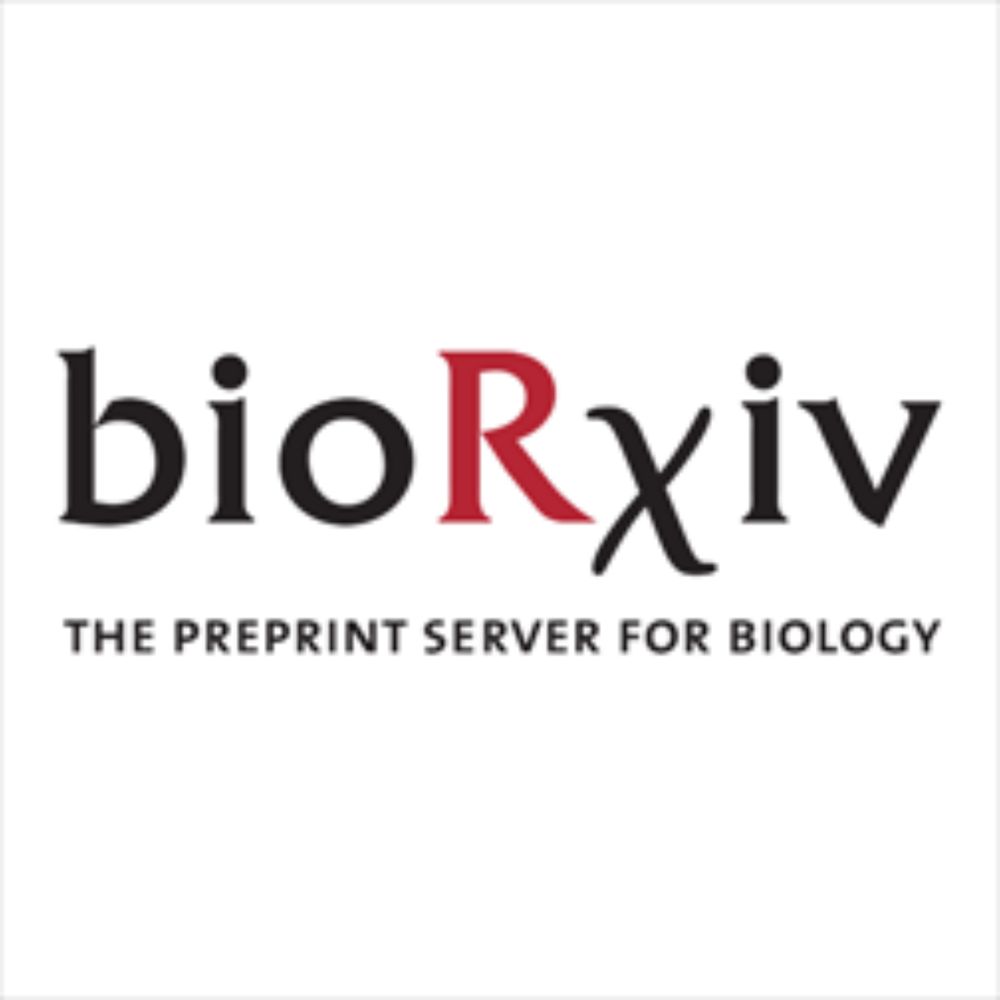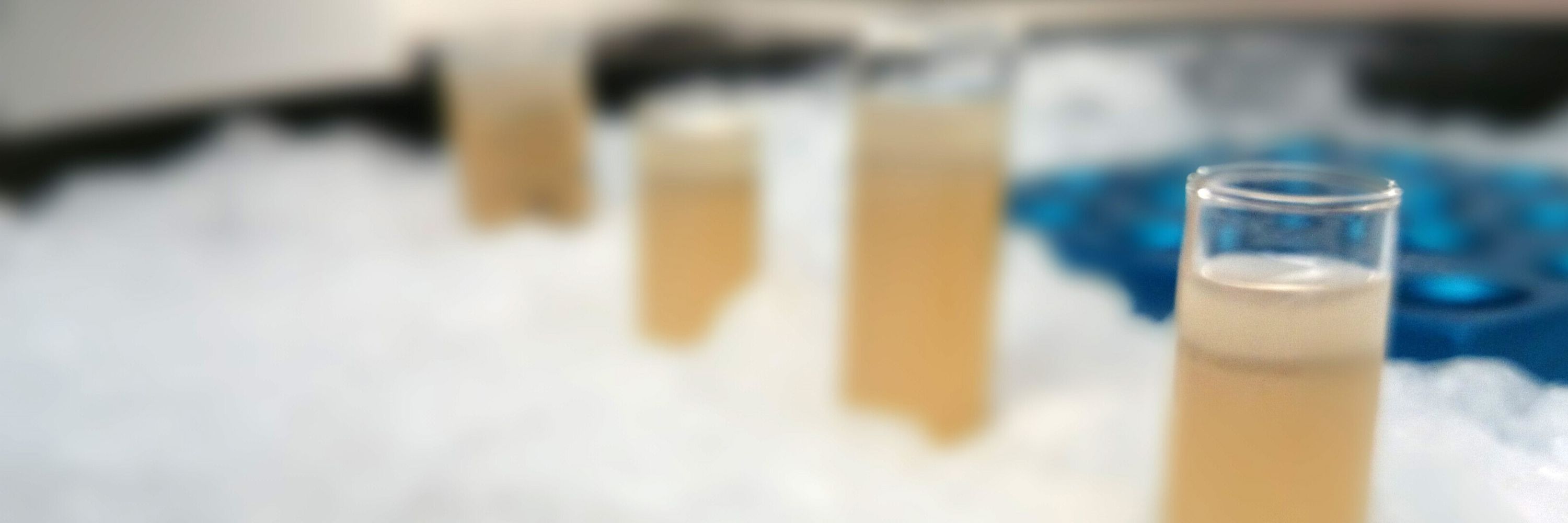James Dewar
@jamesmdewar.bsky.social
31 followers
27 following
14 posts
Assistant professor, Vanderbilt University School of Medicine. Studying DNA replication & repair to understand biochemical mechanisms and environmental toxicology.
Posts
Media
Videos
Starter Packs
Pinned
James Dewar
@jamesmdewar.bsky.social
· Mar 10

Resolution of collapsed forks is separate from completion of DNA synthesis
Replication fork collapse at single-strand DNA breaks (SSBs) poses a serious threat to genome stability. Using Xenopus egg extracts, we show that a replication fork encountering an SSB on either the l...
www.biorxiv.org
James Dewar
@jamesmdewar.bsky.social
· Mar 11
James Dewar
@jamesmdewar.bsky.social
· Mar 10
James Dewar
@jamesmdewar.bsky.social
· Mar 10
James Dewar
@jamesmdewar.bsky.social
· Mar 10
James Dewar
@jamesmdewar.bsky.social
· Mar 10
James Dewar
@jamesmdewar.bsky.social
· Mar 10
James Dewar
@jamesmdewar.bsky.social
· Mar 10
James Dewar
@jamesmdewar.bsky.social
· Mar 10
James Dewar
@jamesmdewar.bsky.social
· Mar 10
James Dewar
@jamesmdewar.bsky.social
· Mar 10
James Dewar
@jamesmdewar.bsky.social
· Mar 10
James Dewar
@jamesmdewar.bsky.social
· Mar 10
James Dewar
@jamesmdewar.bsky.social
· Mar 10

Resolution of collapsed forks is separate from completion of DNA synthesis
Replication fork collapse at single-strand DNA breaks (SSBs) poses a serious threat to genome stability. Using Xenopus egg extracts, we show that a replication fork encountering an SSB on either the l...
www.biorxiv.org
James Dewar
@jamesmdewar.bsky.social
· Jan 13

Leading and lagging strand abasic sites differentially affect vertebrate replisome progression but involve analogous bypass mechanisms
Abasic sites are one of the most frequent forms of DNA damage that interfere with DNA replication. However, abasic sites exhibit complex effects because they can be processed into other types of DNA d...
www.biorxiv.org

